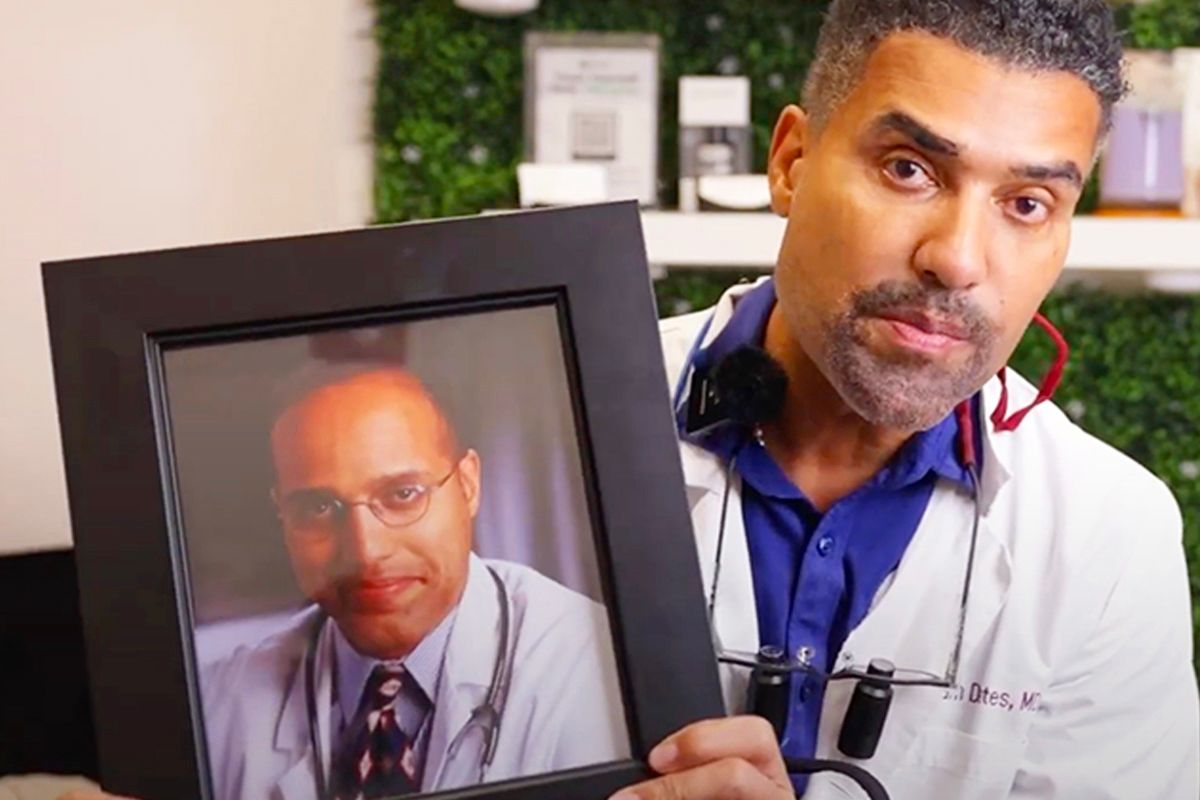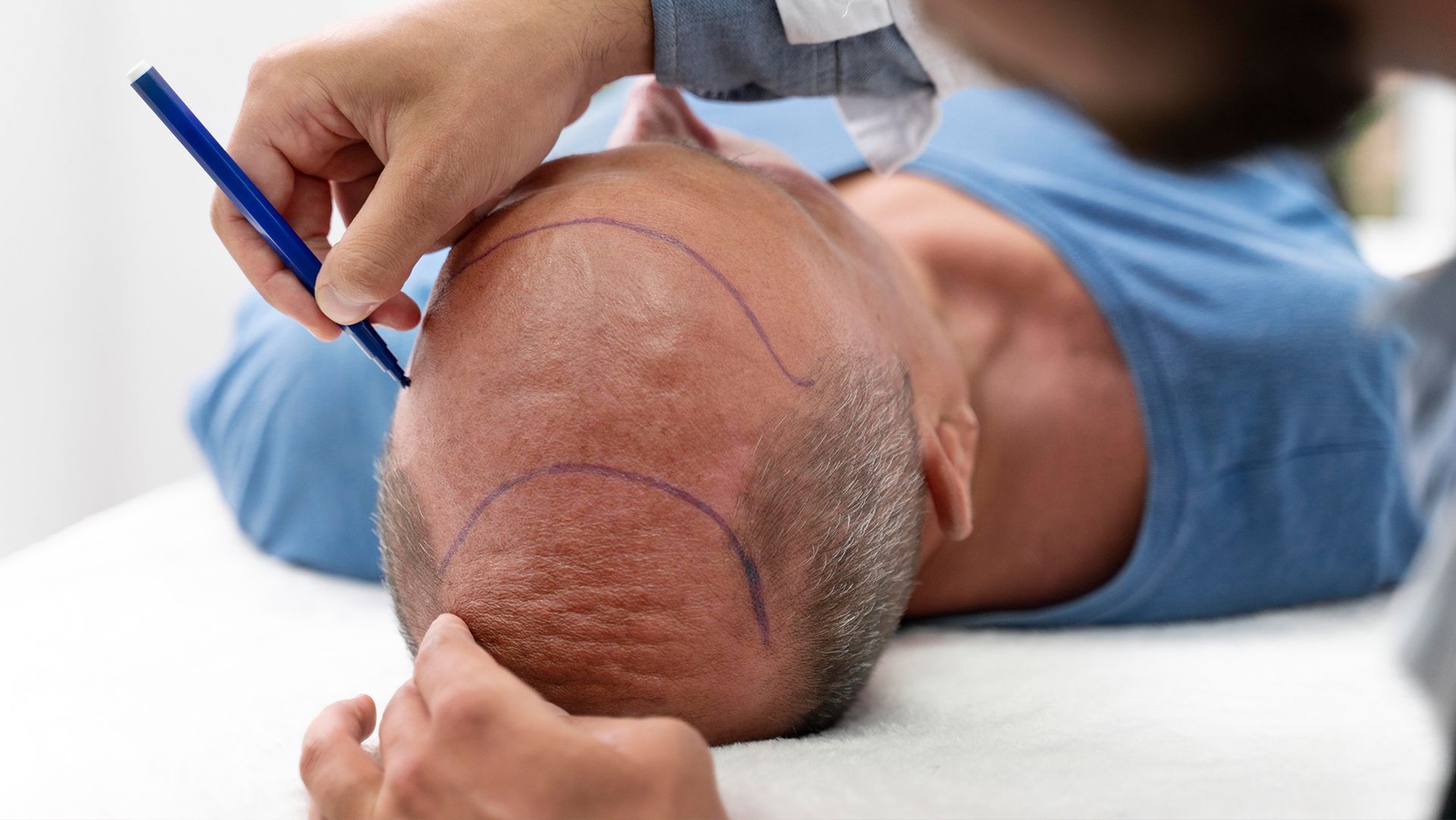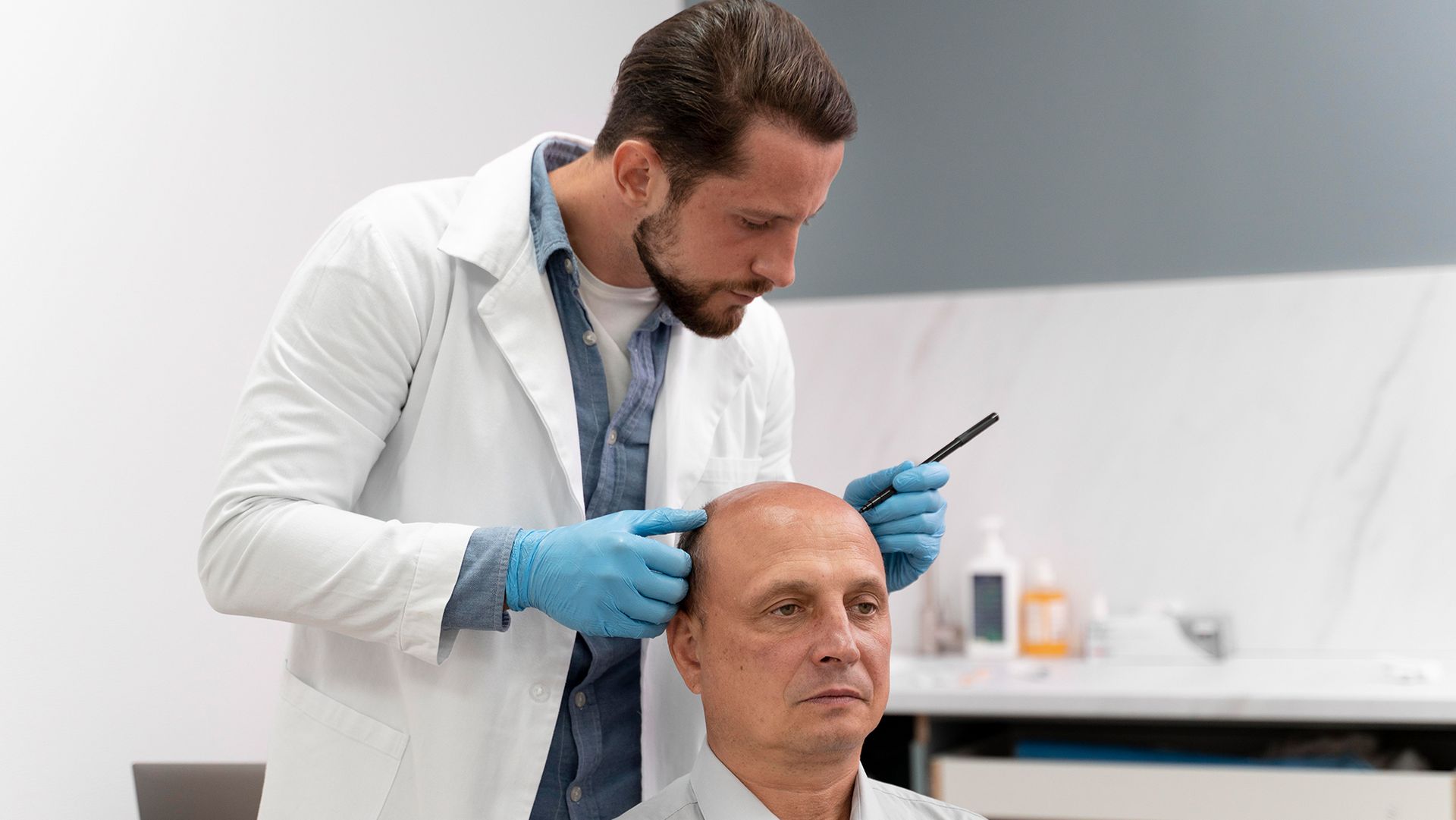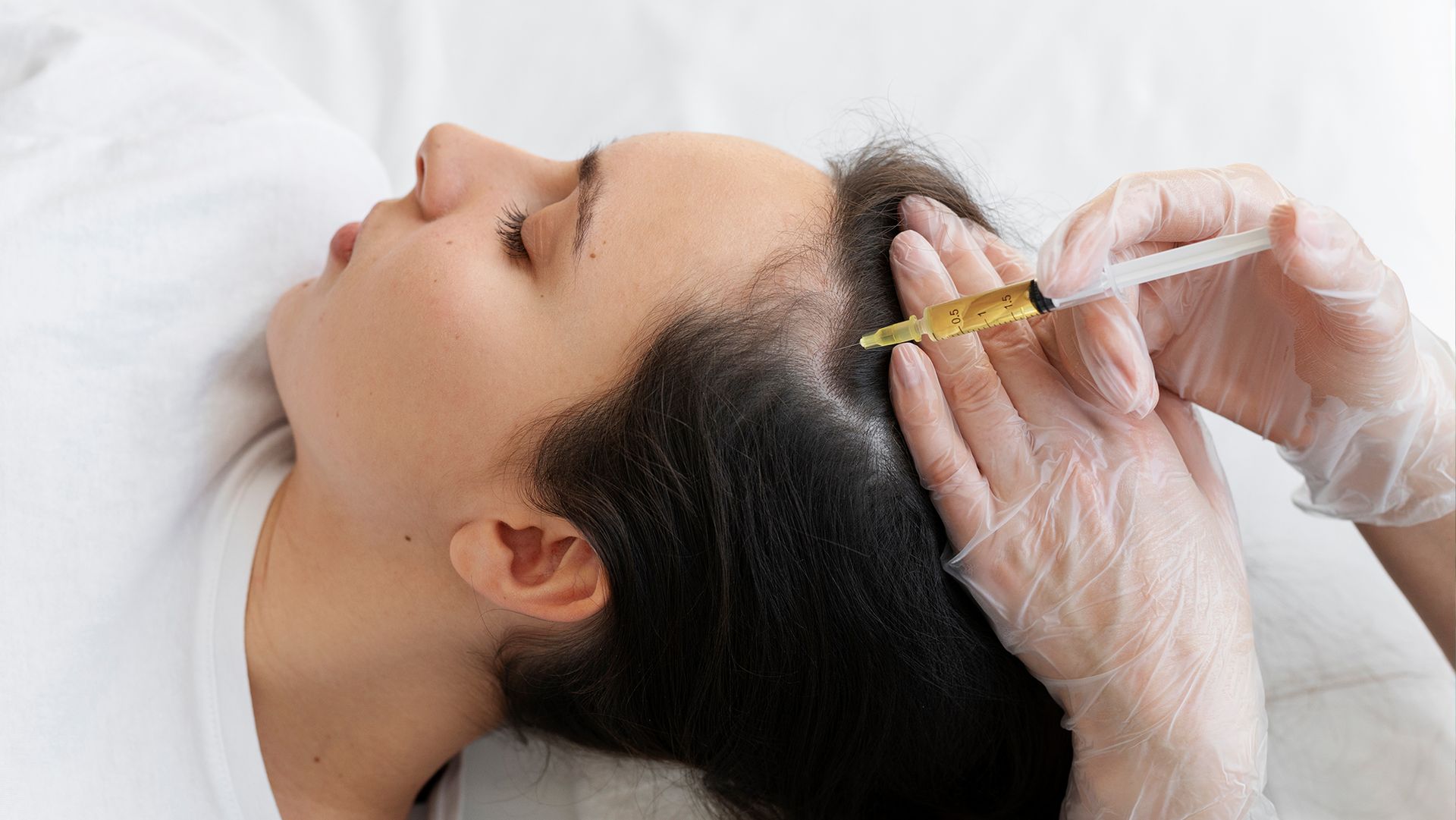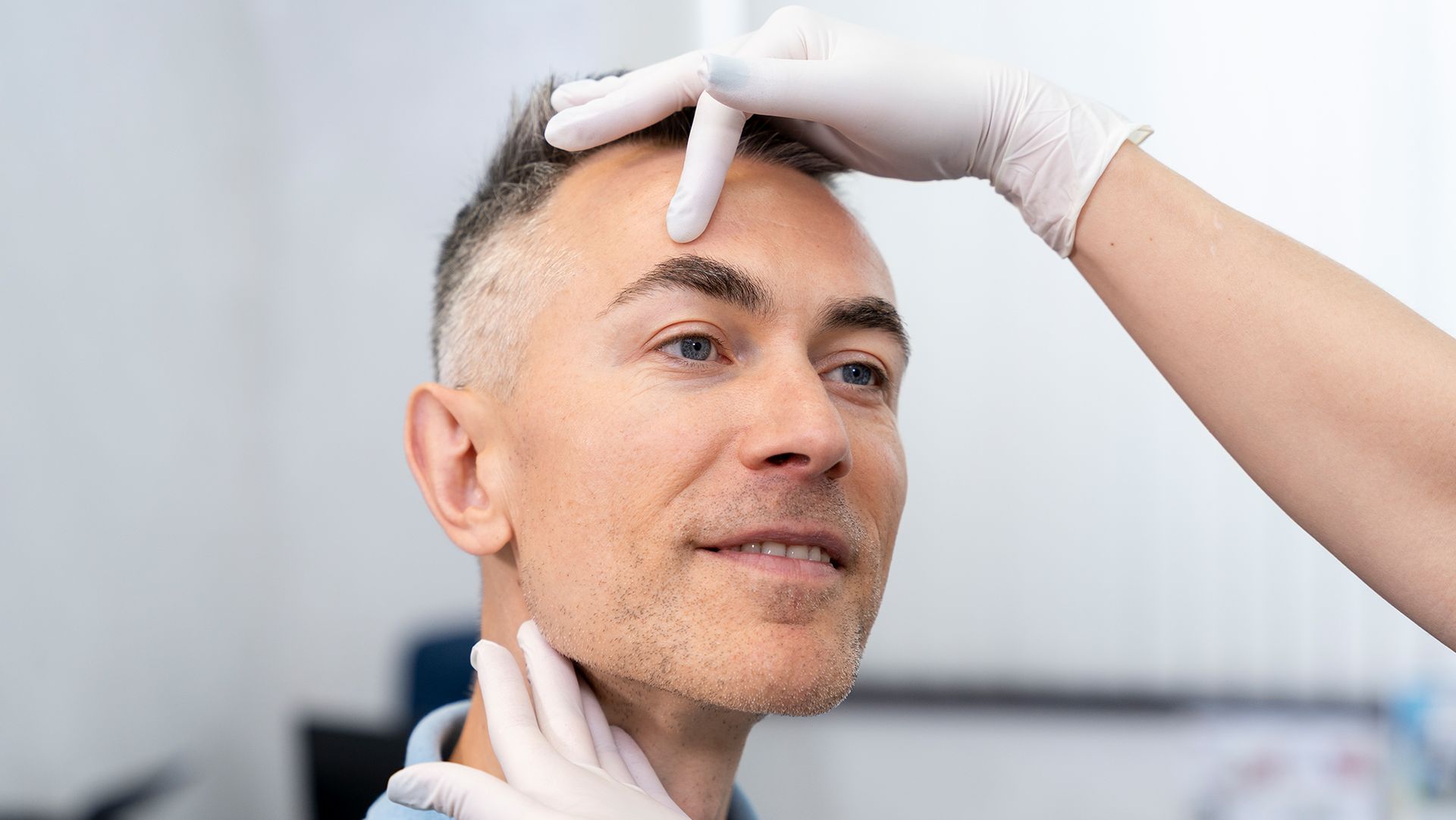What to Expect 6 Months After a Hair Transplant
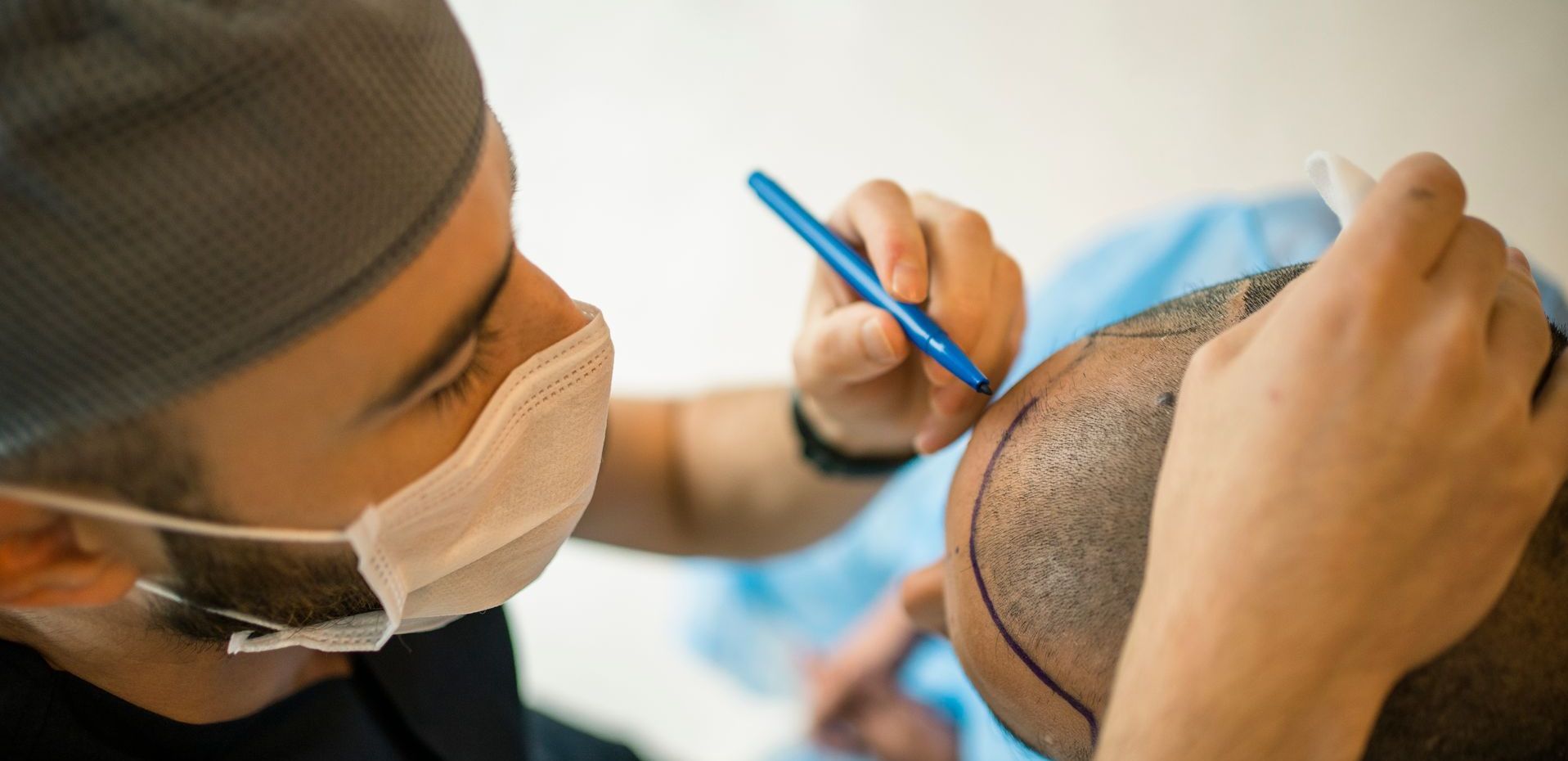
After you’ve received your hair transplant, you have a while before you see any real change in the appearance of your hair. Your newly transplanted area will be healed within a week and should return to the previous appearance in about 2 weeks. The hair grafts that you see above the skin will fall out so new hair can grow. The newly transplanted hair doesn’t begin to grow for 2 months. You will start to see visible growth and thickening around 4-6 months. However, you won’t see your final results for 1 year. This requires patience. The growth is so gradual no one will notice you had a hair transplant. So what will those results look like after 6 months?
Your new hair growth may be
patchy and grow at different rates, to begin with. Don’t worry too much about this. 6 months after your hair transplant, you may see some new hair growth. It will not necessarily be full or consistent around your head, but don’t panic - be patient. Your final results will take up to a year to show. Even with the different growth rates, it usually looks natural throughout this process.
At 6 months, your hair transplant results may still be a little thin and patchy. At 12 months, your hair transplant results are likely your final results. You should style your hair to make it look it’s best during this growth phase. Keeping the sides and back shorter will make the top look better. You can cut your hair as soon as 7 days after your hair transplant.
Depending on the complexity of your surgery, you should be
back to normal after a few days. Follow the advice of your doctor carefully and keep an eye out for out of the ordinary swelling or inflammation. Avoid vigorous exercise or activity in the 7 days after your hair transplant to avoid inflammation and swelling. Try to
avoid highly processed foods after your hair transplant. Avoid foods that are high in fat, salt, sugar, or sweetening syrups. Eating whole, healthy foods will be the most beneficial to reduce potential inflammation.
You can gently wash your hair the next day after surgery by gently pouring a cup of water/shampoo over your hair. Try not to rub, brush, or comb the grafted area and pat gently dry. Be sure to use a gentle shampoo and a light touch. 3-10 days after your hair transplants, your scabs start to fall off. Do not pick at your scabs - let them fall off naturally to avoid infection. In the following weeks after your hair transplant, the transplanted hair grafts will fall out. This is nothing to panic about - your hair transplants are just getting out of the way for new hair growth.
The grafts will be secure between 5-7 days after your transplant. After the grafts are secure, you will be able to return to normal hair styling routines and exercise as usual. If you have questions about detailed, personalized instructions, talk to your doctor. You can actually go back to work the next day although it will still look newly transplanted. If you can take several days off, that is great. You can wear a hat after a couple of days if desired - just be careful putting it on and taking it off. Most people stay home for several days, but can return to work within a week at most.
Your hair will not change much between 2-4 months. Your hair will start growing back and it may be patchy and inconsistent, but you need to be patient as you wait for your real results, which should start to show around 12 months.
If your surgeon used the
FUE (follicular unit extraction) technique, there will be minimal scarring, so your transplant will be even less noticeable. FUE is a method of hair transplantation that requires harvesting healthy hair grafts from areas that are full of healthy hair and implanting them in the areas of the scalp with hair loss or thinning. This technique offers minimal visible scarring with maximal hair regrowth results. Your new hair growth will likely be thin for a few months before growing consistently around month 12.
The soonest you can have a second hair transplant is 1 year after your first hair transplant. Give yourself and your scalp a full year to see if you have the results you want. If after 12 months, your hair growth results are not what you expected or wanted, you may want another hair transplant. However, it is more likely that after 12 months you will love your results. Your new hair growth after your transplant is still subject to aging and graying. While a hair transplant is the
most effective way to combat hair thinning or loss, genetics and lifestyle play a large role in how long your new hair will last. If your hair transplant is still thin after 12 months, this may be an indication that your transplant has failed. In this case, we might recommend another hair transplant.
Unfortunately, there is no way to speed up a hair transplant. The best way to get the best results is to follow your doctor’s instructions carefully and take your medication consistently. The best way to speed up your healing is to be intentional about resting the first few days after your hair transplant. Like the transplant itself, you have to be patient with yourself and give yourself time.
Some studies have shown that PRP (platelet rich plasma) hair grafts offer better, faster results than saline-preserved hair grafts. At Dr. Yates Hair Science, we use Hypothermosol and ATPv (adenosine triphosphate). Studies show that ATPv-supplemented saline preservation is the best condition to preserve the hair grafts. Regardless of which type of graft your surgeon uses, you will only see your full and final results after a year.
For best results from your hair transplant, follow your doctor’s advice carefully. Book your hair thinning or loss consultation with
Dr. Yates Hair Sciences today. Dr. Yates performs each surgery himself, so you can be confident you are getting the best possible care for the best possible results. Our offices are equipped with state-of-the-art technology to make you comfortable and safe.
Get started on the path to hair regrowth today!
